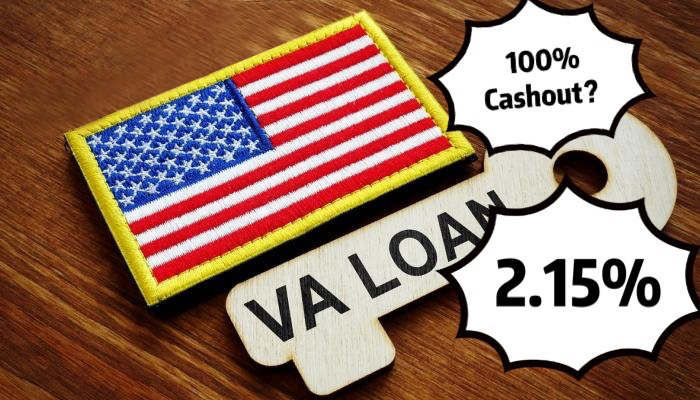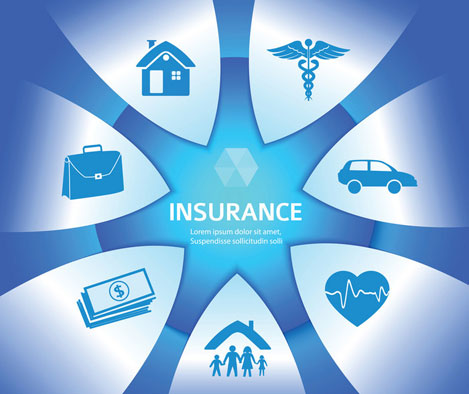What is the difference between auto finance risk control and credit loan risk control?
If you take a deeper look, this view is not inappropriate, but it is a bit too generalized. Also secured, home mortgage loans are obviously safer than auto finance loans, because the former collateral (housing) value is more stable, and even have a lot of room to rise (in the current environment), of course, the premise is to control the leverage rate, otherwise the 08 subprime crisis is a lesson learned. The car as collateral, but its value is only shrinking share. New cars from the car dealership, I’m afraid the discount has been more than 30% or more. This is one of the reasons why buying a new car at the dealership is very flexible in terms of price cutting. Therefore, the same collateral, home/real estate and vehicles are not exactly the same mechanism in reducing the risk of credit default.
The main role of housing/real estate in reducing risk due to its inherent value and appreciation potential is that it effectively increases the recovery rate, or lowering the loss ratio (LGD). In the event of a default, the bank can foreclose on the home and use the auction proceeds to recover most, if not all, of the purchase price, provided there is no massive default.
Cars as collateral, in the event of default, will not have a significant reduction in LGD given that used cars are unlikely to fetch anything good on the market. Its primary role is to motivate the borrower, the car owner, to ensure that he or she does not lose the use of the vehicle by making timely payments. After all, a car is an immediate need and must be driven every day. A survey shows that most Americans make sure to pay off their car loans on time even if they can’t afford the mortgage. As a nation on wheels, the car plays a more central role in life. Of course, compared to mortgage loans, car loan repayments are after all much lower and still easier to afford.
In addition, it is easier to issue mortgage securities based on a pool of collateral assets than a typical unsecured credit loan, as is the case with auto loans and home mortgage loans. Asset securitization transforms these debts from illiquid loans to more liquid securities in the secondary market, thus further reducing liquidity risk. It also indirectly reduces credit risk through the spreading of risk. In many financial institutions in North America, auto finance loans are actually very similar to regular C&I loans in terms of risk management and risk control modeling considerations, due to the lack of sufficient data, except for the collateralization factor












